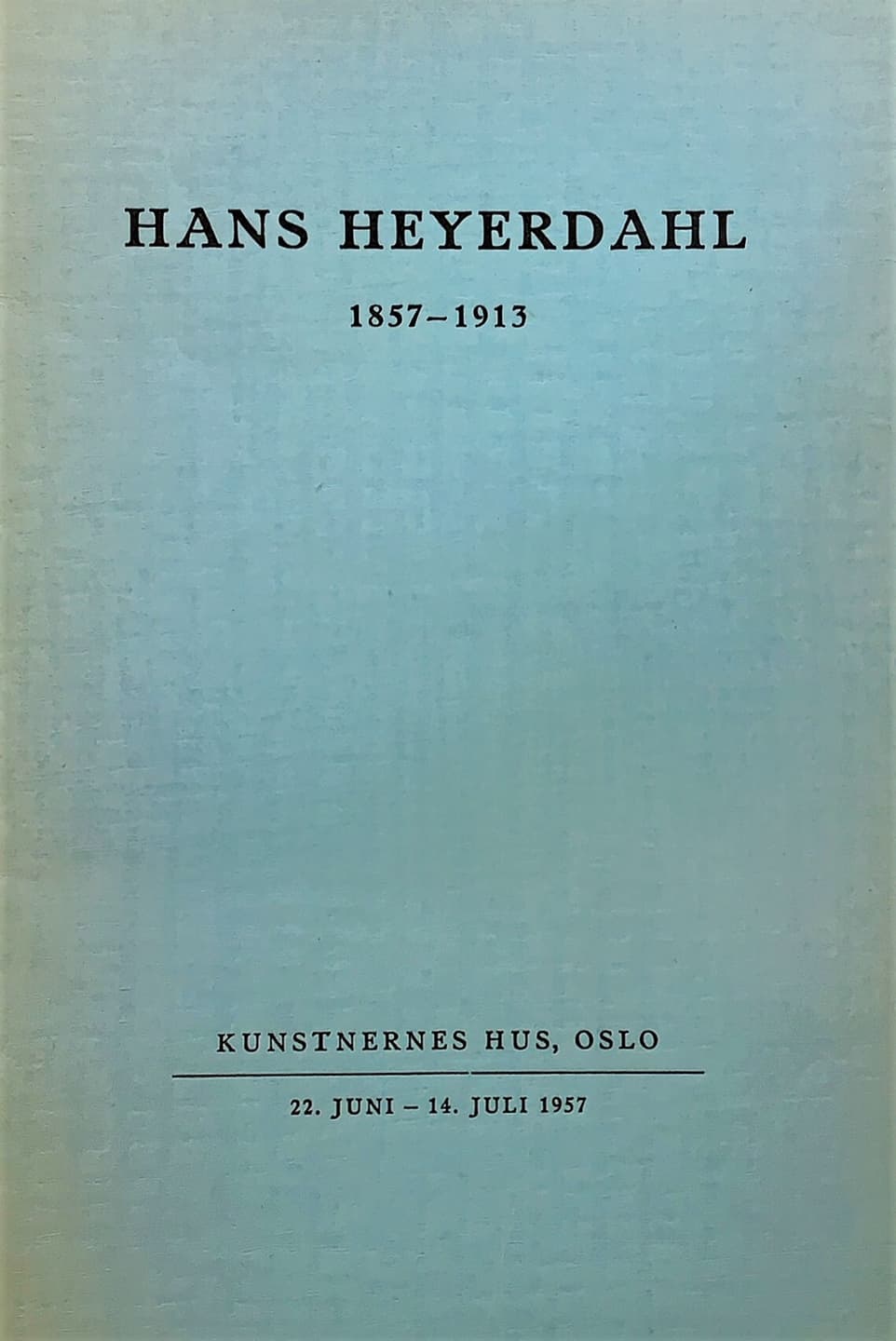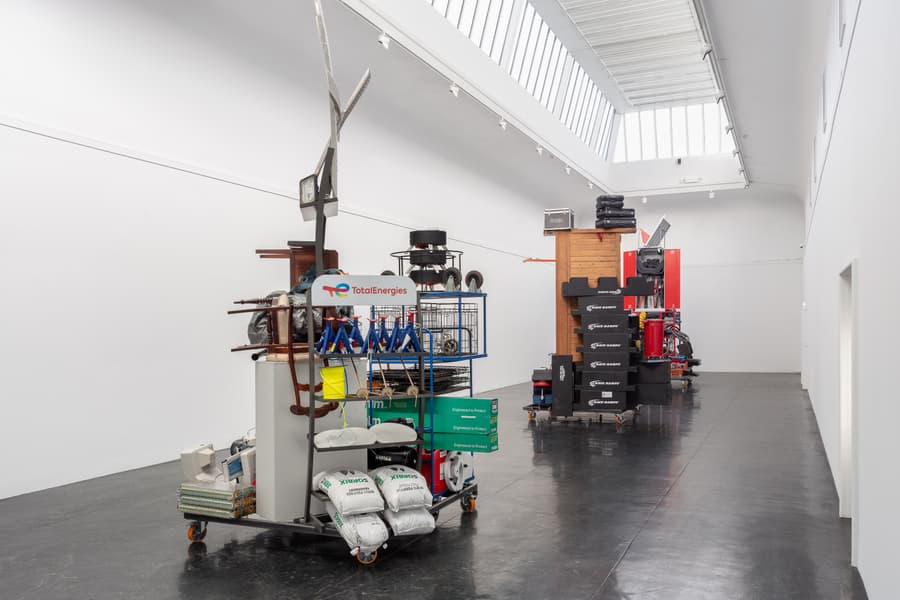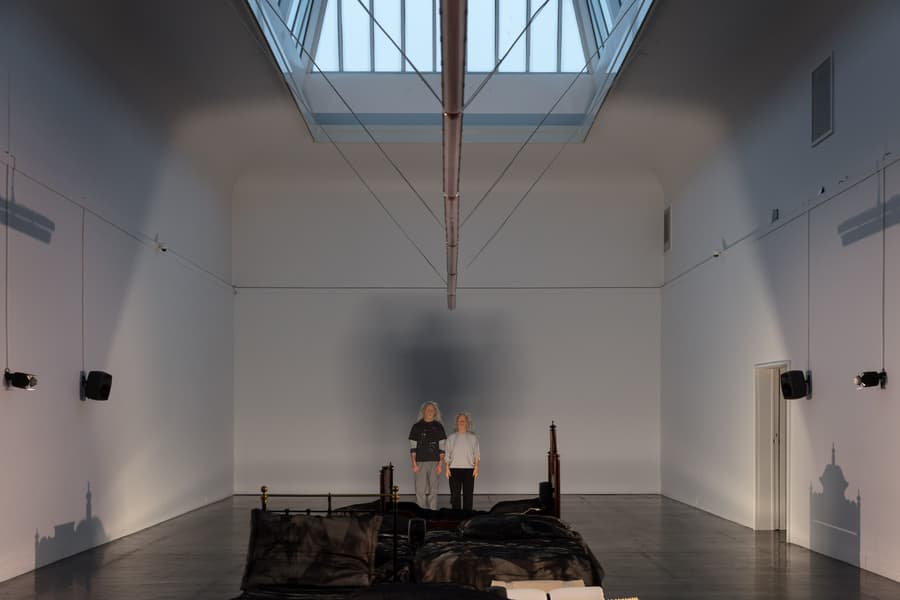Hans Heyerdahl

Memory exhibit
Catalog text
Once again we will celebrate one of our great artists from the last century. It is a hundred years since Hans Heyerdahl was born - this marvel: the child of an artist, one of the most significant in the 1880s golden age when it comes to pure painting talent. It is amazing to see the works he did during his student days in Munich while he was still just a boy. They certainly have a school feel, but at the same time they tell of an extraordinary technical safety and, above all, of the most refined sense of old-fashioned drawing and colour. And when we come to the main work of his youth, "Adam and Eve driven out of Paradise", we see an artist who is already able to master the biggest and most difficult pictorial problems. After all, Heyerdahl did not find expression for all his talent because in 1878 he came to Paris and opened his eyes to the intrinsic value of color and strokes.
Then he again painted a major work: "The Dying Child> which was bought by the French state and brought him a long-term scholarship: Stay in Florence. But above all he won a coloristic freedom and richness, a softness in drawing and characterization that is unsurpassed; contemporary Norwegian art. Just think of "Champagnepiken", "Svart-Anna" and "By the window" or the beautiful landscape "Bryggen i Åsgårdstrand". Let us then skip over his many mythological images à la Böcklin. Such images were not his thing, and the visual experience played too big a role for him. But let's stop at the masterpiece from his heyday: "Death of the Worker" - this calm, monumental composition which tells of the most beautiful soul's capacity for empathy and which at the same time has such rich painterly qualities. And finally let's remember his many confident portraits of Norwegian cultural figures - and above all his beautiful depictions of women, from the strict, stylish portrait of Laura Gundersen, to the soft, graceful one of Kathinka Nyhuus.
They alone tell well enough what a great painter Heyerdahl was and how much we owe him. Hans Olaf Heyerdahl was born in Dalarna on 8 July 1857 and died in Oslo on 10 October 1913. He grew up in Drammen, in 1873 became a pupil of P. Thurman and K. Bergslien in Oslo and in 1874 went to Munich where he became a pupil by Löfftz and Lindenschmit. 1878-82 he stayed in Paris, the first year as a pupil of Bonnat. 1882-84 he lived in Florence. In the winter of 1885-86 he was in Munich, but otherwise he mostly stayed at home until the 1890s, when he again settled in Paris. In the summers, he mostly painted in Åsgårdstrand. We thank all lenders for their hospitality. Please note that some of Heyerdahl's main works can be seen in the National Gallery.


